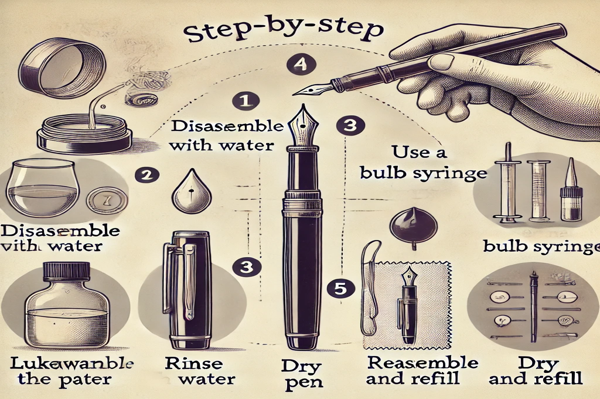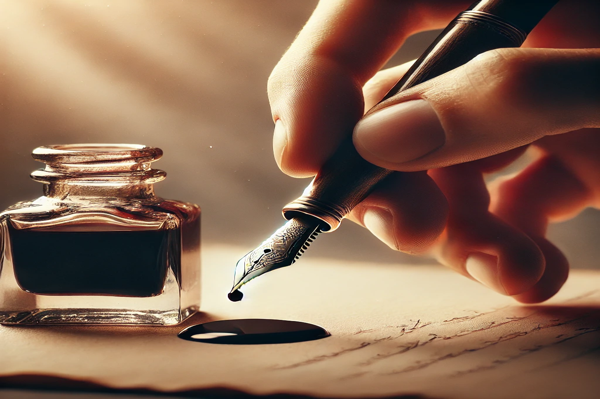+86 13586865656
The world’s earliest stationery
The world’s earliest stationery
The world’s earliest stationery dates back to ancient civilizations, with evidence of writing instruments and materials found in various cultures. From the Sumerians to the Egyptians, writing was an essential part of record-keeping, communication, and artistic expression. Let’s take a closer look at some of the earliest examples of stationery.
One of the oldest forms of writing was cuneiform, developed by the Sumerians around 3500 BCE. They used reeds to make marks on clay tablets, which were then baked to preserve the writing. These tablets were used for a variety of purposes, from recording transactions to writing literature.
The Egyptians also had their own writing system, hieroglyphics, which they used on papyrus scrolls. Papyrus was made from the stems of the papyrus plant, which were soaked, flattened, and dried to create a writing surface. Hieroglyphics were used for religious texts, historical records, and personal letters.
In ancient China, writing was also an important part of daily life. The earliest known Chinese writing was found on oracle bones from the Shang Dynasty (16th–11th centuries BCE). These bones were used for divination and had inscriptions carved into them using a sharp tool.
In Greece and Rome, writing was done on parchment or vellum, which were made from animal hides. Parchment was made from sheepskin, while vellum was made from calfskin. These materials were expensive and reserved for important documents such as legal contracts, religious texts, and literary works.
In conclusion, the world’s earliest stationery was made from a variety of materials, including clay, papyrus, and animal hide. The writing was an integral part of ancient civilizations, and the development of writing materials and instruments played a crucial role in the spread of knowledge and culture. Today, we continue to use these ancient materials, as well as modern stationery, to record our thoughts, communicate with others, and express ourselves creatively.














